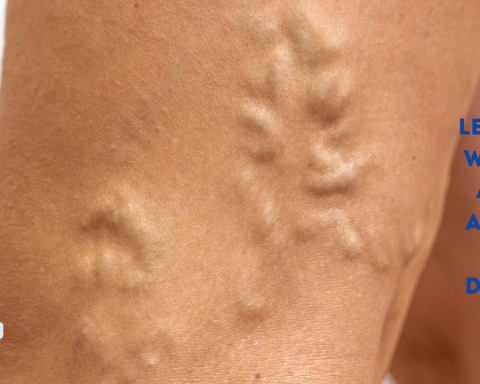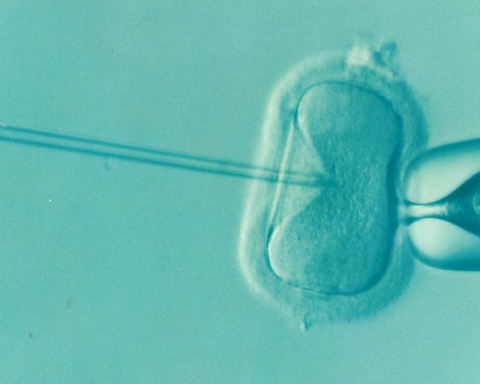Urologic diseases refer to medical conditions of the urinary system. Some common examples of these urologic problems include urinary tract infections, bladder control problems (like urinary incontinence or involuntary urination), kidney stones, and prostate problems (such as benign prostatic hyperplasia or prostate enlargement and erectile dysfunction).
In this post, you’ll know in detail the urology problems that people may experience in life. By doing so, you’ll be more aware of the signs and symptoms, diagnosis, and management of these urological medical conditions.
Urinary Tract Infection or UTI
According to statistics, urinary tract infection is highly prevalent among women, wherein 25 to 40 percent of women in the US, aged 20 to 40 years old, have UTI. Urinary tract infection may occur in any part of the urinary system, but the most common areas include the urinary bladder (store urine) and the urethra (where urine passes through).
UTI doesn’t always present signs and symptoms. However, when they do, they can be uncomfortable. Here are some signs of UTI:
- Increased urge and frequency to urinate
- Painful urination or dysuria
- Cloudy appearance of the urine
- Hematuria or blood in the urine as evidenced by red, cola-colored, or bright pink urine
- Pelvic pain (center of the pelvic area and around the pubic bone)
If you’re experiencing any of these symptoms, you need to see a urologist who can diagnose your condition; you can find one by visiting this website if you are in Fayetteville, North Carolina. Your doctor will be running some tests, such as a urinalysis, to confirm the infection and prescribe antibiotics.
Enlargement of the Prostate
This urological condition is medically termed as Benign Prostatic Hyperplasia or BPH, which usually affects older men and typically starts after 40 years old. After age 80, about 90 percent of men already have BPH. While the main cause of BPH is unknown, it is believed to be brought about by hormonal influence, and the prostate gland normally increases in size as a man ages.
The prostate gland is about the size of a walnut that is anatomically located between the urinary bladder and the penile organ. Enlargement of the prostate obstructs the passageway of urine or urethra, which causes the following signs and symptoms:
- Difficulty in starting urination
- Weak flow of urine
- Increased urge to urinate
- Dribbling of urine towards the end of urination
- Feeling of fullness because of incomplete emptying of the bladder
Treatment of BPH includes bladder training like pelvic exercises to increase the bladder capacity to hold urine and regain better control or urination. Medications include alpha-blockers to relax the bladder muscles.
These medications include:
- 5-alpha reductase inhibitors, like finasteride or Proscar, to help shrink the prostate
- Combination drug therapy (a powerful combination of alpha-blocker and 5-alpha reductase inhibitor)
- Tadalafil (Cialis) can also be used to treat prostate enlargement, which is usually prescribed for erectile dysfunction.
Surgical and minimally invasive therapies for treating BPH include transurethral resection (removal of a portion of the prostate) of the prostate and laser therapy. With laser therapy, the patient feels immediate relief of signs and symptoms and experience fewer complications as compared to surgical interventions.
Urinary Incontinence
Urinary incontinence refers to the involuntary passing or leakage of urine. This urological condition can be caused by different reasons, such as pregnancy, childbirth, diabetes, Parkinson’s, and other conditions affecting the nerves and muscles surrounding the urinary system.
The patient loses control over urination, which can be annoying and would require the use of adult diapers and underpads during the night to avoid bedwetting. This condition may hamper a person’s daily routine and performance.
Here are the treatments for urinary incontinence:
- Pelvic floor exercises or Kegel exercises – This helps strengthen the pelvic floor muscles and urinary sphincter for better control of urination
- Bladder training – This involves delaying the event to control the urge to urinate. For instance, a person can set a schedule to only go to the bathroom to urinate every two hours and try to hold the urine for as long as he can.
- Anticholinergics – This usually prescribed to calm the overactive bladder
Conclusion
The most common urology problems that people experience in life include urinary tract infection, urinary incontinence, and prostate gland enlargement. The signs and symptoms can be a nuisance to your everyday routine, which can affect your social life, career, and leisure time.
Medication, bladder training, and other conservative treatments are highly recommended before resorting to invasive procedures like surgery to avoid complications. If you happen to experience any of these signs and symptoms, consult a urologist for further diagnosis and appropriate treatment.








